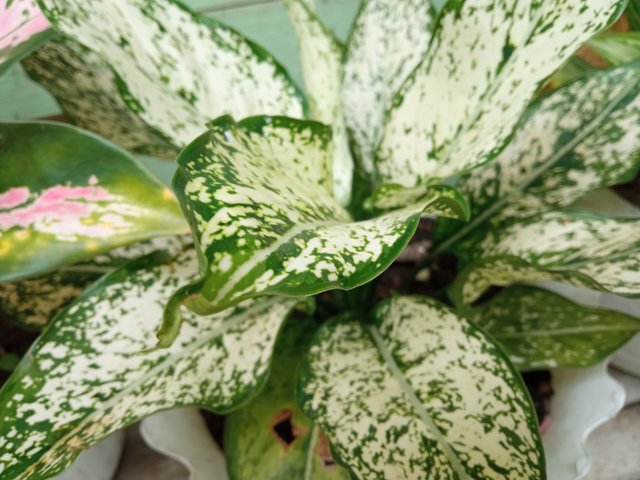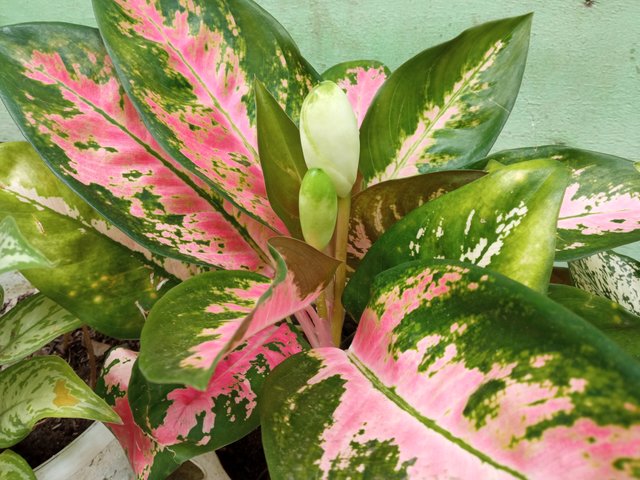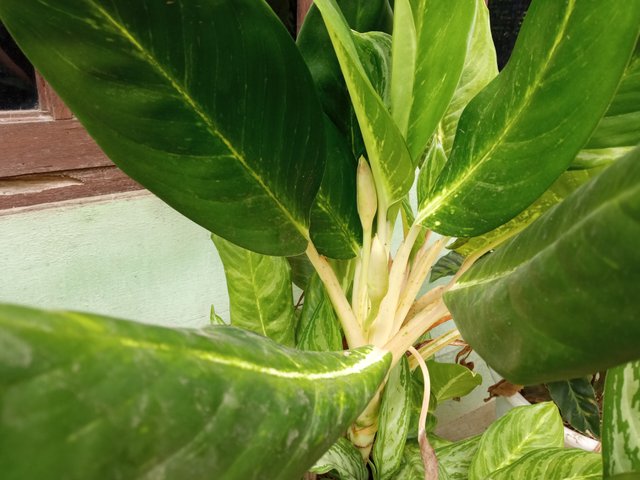
The plant, which is locally named Sri Fortune, is now more popularly known as the aglonema plant. The appeal of aglonema lies in the unique color and shape of the leaves. The leaves are now no longer dominated by green alone, but more varied, such as a combination of white, yellow, red, and pink.

Besides having a beautiful leaf pattern, aglonema is believed to bring hockey or luck. That said, if this plant grows new leaves, it means that there is additional luck for the owner. Therefore, in the past, aglonema was better known as sri fortune.
In general, there are 2 types of aglonema. The type of species that is native to nature, because the color of the leaves is predominantly green, with a white pattern.

Except for the type of aglonema rottendum originating from Sumatra, to be precise from the Aceh area, which is slightly reddish in color and has an oval leaf shape.


Furthermore, aglonema obtained from crosses or hybrids. The color of the leaves is more diverse, with a size of 10-40 cm. Some are reddish, yellow, to orange.
The shape of the leaves also varies, from lanceolate, ovoid, heart-shaped, to elliptical.
Aglonema hybrids come from several types of crosses. There are local hybrid aglonemas, for example adelia, donakarmen, pearls, and imported hybrid aglonemas. For example super red, tifalente, or butterfly and others. Which generally have stunning looks like bright reds, yellows and oranges.

Aglonema plants are easy to care for and suitable as indoor plants. The conditions that must be met to get optimal growth are location, light, humidity and temperature.
Ideal location with an altitude of 300-400 meters above sea level, and can also live in the lowlands. According to their habitat, aglonema likes the shade, with limited lighting. The intensity of indirect sunlight and humidity between 50-70%. And the temperature is 28-30 degrees Celsius during the day, and 20-25 degrees Celsius, with good air circulation.

The axis of planting media is the most suitable for growing sri fortune, or aglonema plants.
The composition of the media elements in a balanced ratio consisted of ferns, roasted husks, poor sand and humus. Aglonema planting media must also be sterile, free from disease. And can grow well on media with a pH of 7 or also a neutral pH that is rich in nutrients.
Aglonema tillers can be propagated in a regenerative way. Propagation through seeds, and vegetatively through stem cuttings, and separation of aglonema flower tillers.
If the propagation is done by separating the aglonema tillers, the steps are as follows.
Choose healthy brooders, and have lots of tillers clustered under them.
Then cut the saplings that have been selected slowly, using a sharp and sterile.
When cutting, do not let it hit the parent.
Before the seeds will be planted in the planting medium, smear them first with a root stimulant, so that the former pieces can grow well again. Or it could be the stems of the saplings, dipped in pesticides, to prevent the arrival of fungi and plant infections.
Next, plant the seeds in pots containing planting media.
When ready, place the plant in a shady place, usually in 4 weeks the plant has grown to take root.
Sri fortune, or aglonema, this type of ornamental plant is quite a lot of fans.
Regards
Downvoting a post can decrease pending rewards and make it less visible. Common reasons:
Submit